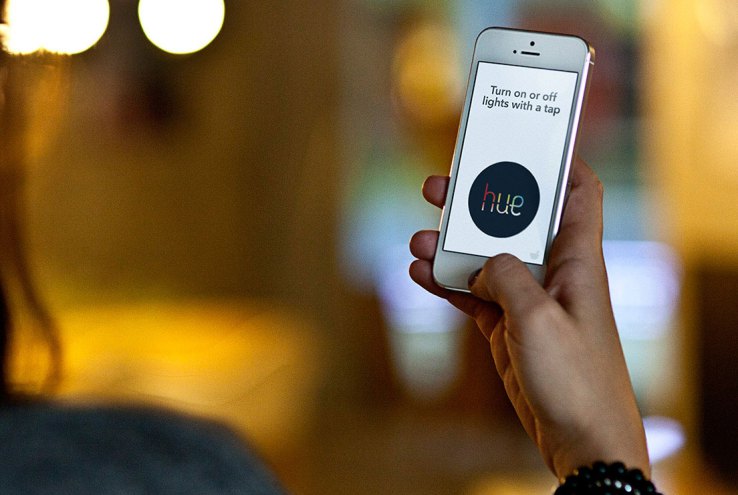Read original story on: TechCrunch
IFTTT, the leading platform for app automation, has been quite popular with developers and early adopters, and now the company is trying to make the tech more accessible to more consumers by rebranding.
Along with its original IFTTT (short for “IF This, Then That”) app being renamed to a simple “IF”, it’s also launching three free new apps — Do Button, Do Camera and Do Note — that will respectively let users trigger up to three actions each to make connected things work. If successful, this move could speed up the automation of our online and mobile actions in and between different apps and services.

